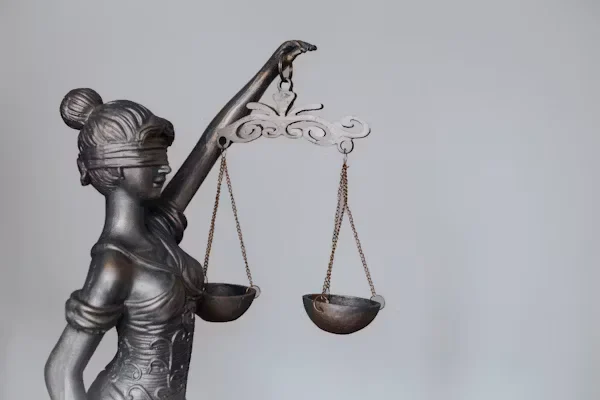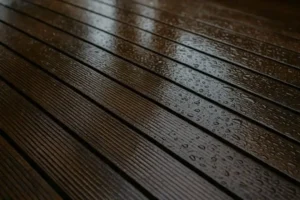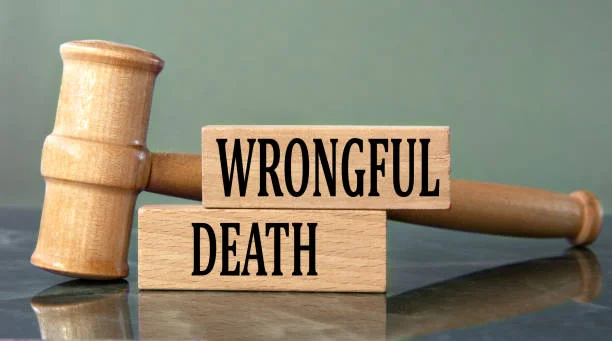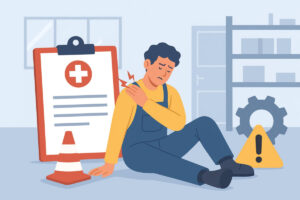Disclaimer: This content is for informational purposes only and should not be considered legal advice. Consult with a qualified attorney for advice regarding your specific situation.
When a loved one dies, it can be hard on the family emotionally and financially. If someone dies because of negligence or wrongful actions, a wrongful death claim allows the family members who lost a loved one to get compensation for their losses. The goal of settlements is to address different kinds of damage. By knowing what types of losses and damages are covered, families can ensure they get enough compensation to cover their emotional distress and financial problems.
The rules for wrongful death cases in Chicago are similar to those in other states. A Chicago wrongful death lawyer can help families navigate the legal system and get compensation for the different kinds of losses that their loved one’s sudden death caused.
Below are the main types of damages that can be recovered in the settlement:
3 Types of Damages in a Wrongful Death Settlement

1- Economic Damages
Economic damages are the financial losses that result from the negligent death. Calculating these damages is easy because they are based on specific costs and contributions that the person who died would have made. Some common examples of economic damages are:
- Medical Expenses: Bills for care and treatment the person received before they died.
- Funeral and Burial Costs: All the costs of laying the deceased to rest.
- Loss of Financial Support: The deceased person’s projected future income, benefits, and earnings, which could have added to the family’s financial stability.
- Loss of Household Services: The value of what the dead did for their family, such as taking care of children, fixing things around the house, or other contributions.
To correctly determine economic damages, courts look at the deceased person’s age, their ability to earn money, and their importance to their family’s total financial stability. Economists and financial experts often do evaluations to make sure that families get the right amount of money for their measurable losses.
2- Non-Economic Damages

The emotional and intangible losses the remaining family members have gone through are covered by non-economic damages. Calculating these losses is harder, but they are just as important. These are some examples of non-economic damages:
- Loss of Companionship: The emotional loss of a spouse, partner, or other loved one.
- Loss of Parental Guidance: Not having a parent’s love, care, and support.
- Mental Anguish: This is the emotional pain, sadness, and suffering of family members.
These losses consider the effects of losing a loved one on the person, such as not having their advice, emotional support, and love. When deciding how much to pay for non-economic damages, courts often examine the relationship between the deceased person and their surviving family members.
3- Punitive Damages

Punitive damages are not the same as economic or non-economic losses. Instead of making families whole again, punitive damages are meant to punish the person who caused the harm for being careless or egregious. Damages like these aren’t always given, but they might be if the individual displayed gross negligence or intentional wrongdoing.
The amount awarded for punitive damages varies depending on state law and the specifics of the case. When courts decide on punitive damages, they usually consider the defendant’s evil actions and the defendant’s financial resources.












